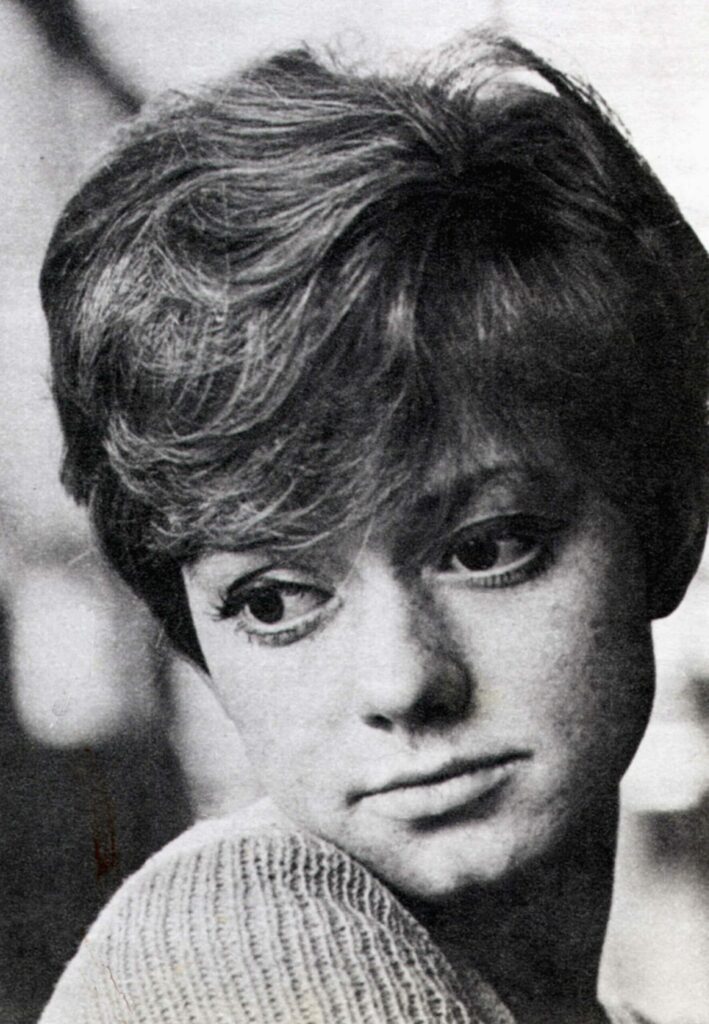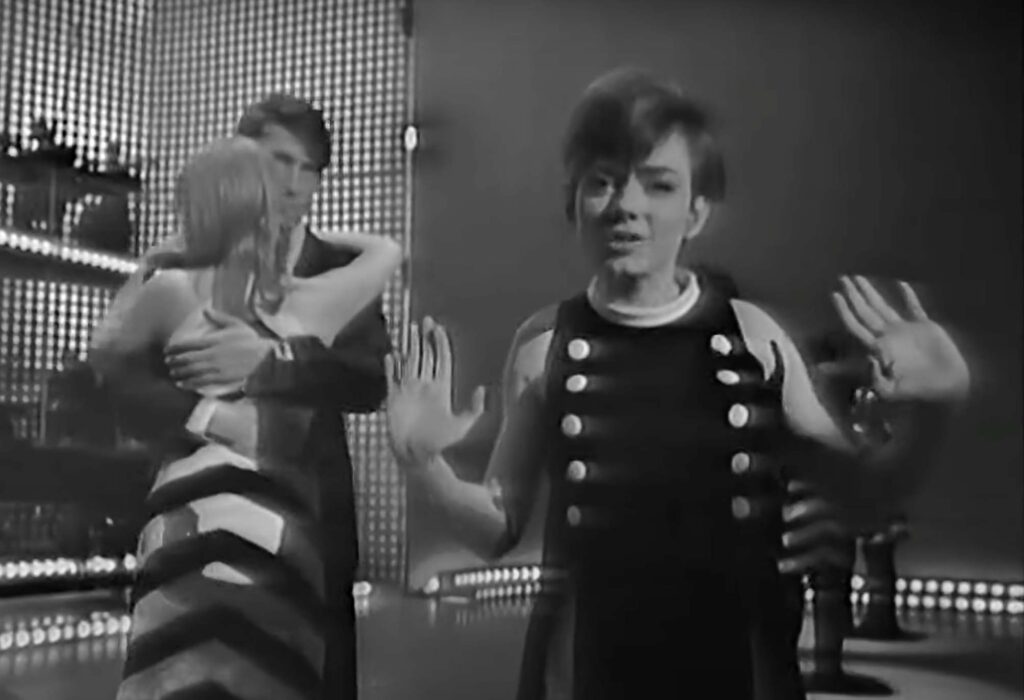She’s been compared to The Beatles and Brenda Lee, but you may not be familiar with the name Rita Pavone. This Italian singer captivated her homeland in the 1960s before making her mark in the United States. Despite her legendary status in Italy, Rita Pavone never quite achieved the same level of fame across the Atlantic. So, how did she become a star, and what is she up to now? Let’s delve into the incredible story of Rita Pavone, including her unforgettable encounter with Elvis.

The Early Years and Rise to Fame
Born on August 23, 1945, in Turin, Italy, Rita Pavone was destined to be a performer. With her father working at the Fiat factory and her mother raising her and her three brothers, Rita’s passion for singing developed at a young age. She started singing at parties and in Turin bars, but it wasn’t until the early 1960s, as pop music gained popularity worldwide, that her life changed forever.

Rita took part in the first “Rally of the Unknown,” a talent competition held in Rome. Against her mother’s advice, she participated, feeling it was her last chance to pursue her dreams. To her surprise, she won the competition and became an overnight sensation. Her first album, “La Partita di Pallone” (“The Ball Game”), was recorded in a matter of weeks, and Rita dazzled audiences with her live performances and appearances on Italian television shows. She quickly caught the attention of international markets, with songs translated into foreign languages specifically for different countries like Brazil, England, France, and Germany.

The Unique Charm of Rita Pavone
What made Rita Pavone so successful? She often wonders about herself, but one thing is clear: she has a unique voice and a strong personality that makes her stand out. Rita believes her high-pitched, cutting voice played a significant role in her success. She describes herself as having a face that is “halfway between a girl and a boy” with red hair and freckles. This distinctive appearance became a talking point when she entered the world of television, challenging society’s expectations of femininity. As Rita once said, “You don’t have to dress like a woman to be a woman.”